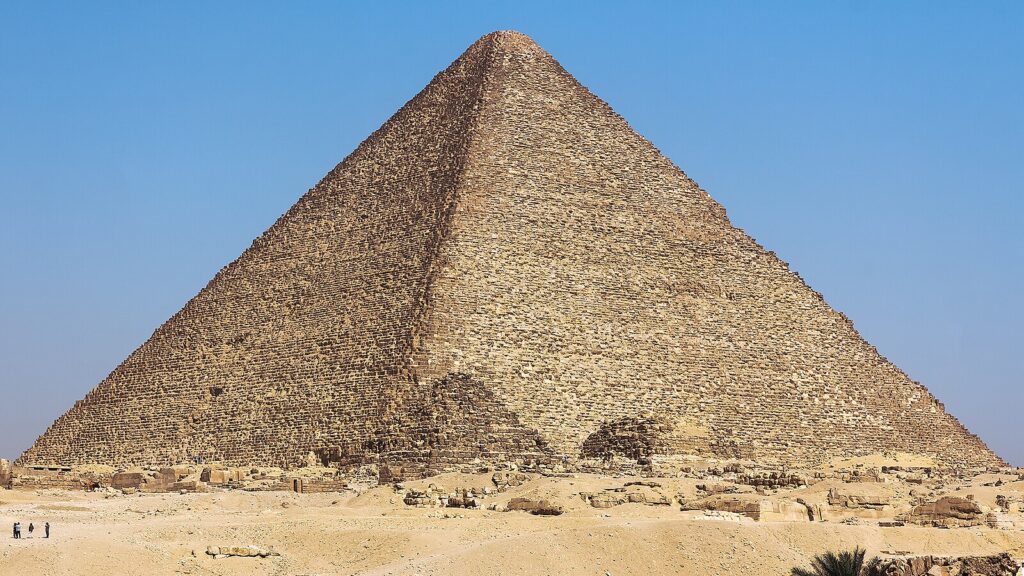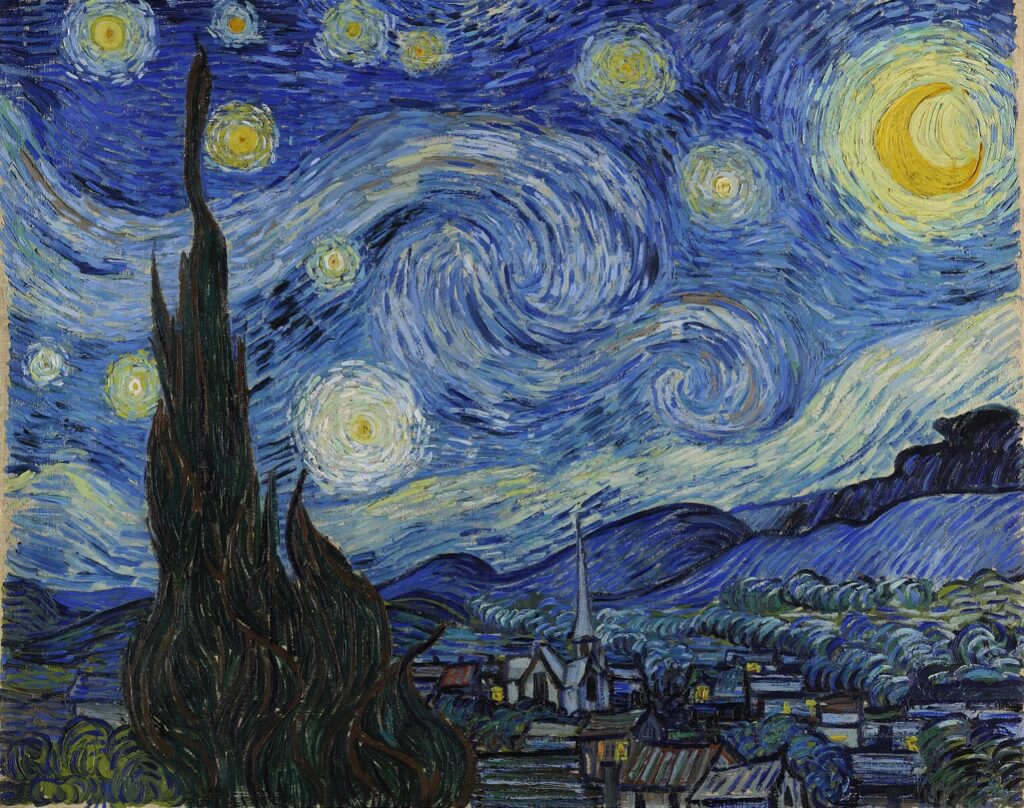Beginnings: 3rd-4th Grade; Week 4
History
3rd-4th GRADE: WEEK 4
Unit 2 - Egypt: The Early/Archaic and Old Kingdom
Time Span:
- c. 3100BC – 2040 BC
Key Events:
- Menes unites Upper and Lower Egypt
- Cheops builds the Great Pyramid at Giza
Resources/Materials:
- Blackline Map: Ancient Egypt
Memory Fact:
Tell me about Egyptian history.
Egyptian history in four periods,
It has been divided.
During the Archaic period,
Egypt is united.
In the Old Kingdom, pharaohs are most powerful
And great pyramids are made.
In the Middle Kingdom there’s peace
Until the mighty Hyksos invade.
Lesson at a Glance
Egypt: The Early/Archaic and Old Kingdom
- Slideshow: Introduce memory fact and discuss the slides (10 minutes)
- Map Work: Using the last few slides in the slideshow and the map directions, guide students in completing their blackline map. See the Sample map as needed. (15 minutes)
English Language Arts
3rd-4th GRADE: WEEK 4

Literature:
- Unit 1: The Golden Goblet
- Week: 4 of 4
- Review: Chapters 11-14
Grammar:
- Verb Phrases
- Interrogative Sentences
Composition:
- IEW Units: 1 and 2
- TWSS: 01 Introducing Structural Models (minute 00:42:40 until 01:45:34)
- Source: Cheops (in curriculum guide)
- Checklist items:
- Dress-ups: adverb
Lesson Plan
Daily Paragraph Editing: ( 10 minutes)
- Using the slideshow, briefly introduce your student(s) to the concepts they will encounter this week. (This is just a quick review, not an indepth lesson. We will discuss these concepts in depth as the year progresses.)
- Have student(s) work indepently to edit Week 4 Monday. In a group setting, use this time to record completion grades on last week’s work.
- Discuss the correct answers. Have the student(s) answer “why” for each correction.
Easy Grammar: ( 10 minutes)
- Using the slideshow, teach this week’s grammar concepts:
- Review Infinitive
- Review / Teach the Helping Verb Fact Song
- Teach Verb Phrases
- Teach Interrogative Sentences
Lesson at a Glance
Understanding Plot Development (45 minutes)
- Discussion: Character Development (10 minutes)
- Activity: Illustrations of key passages on courage and conflict (15 minutes)
- Reflection: Christian Perspective (15 minutes)
- Homework Explanation: (5 minutes)
Lesson at a Glance
Summarizing a Source: Cheops (45 minutes)
- Introduction: Read the article, discuss, and brainstorm (5-10 minutes)
- Outlining: (10-20 minutes)
- Stylistic Elements: Teach / Review stylistic elements taught to date (10-15 minutes)
- Sharing and Discussion: (5 minutes)
- Homework Explanation: Students should use the outline created to write a one-paragraph summary of the source and finalize using the Week 4 Checklist. (5 minutes)
Oral Communications
3rd-4th GRADE: WEEK 4

3rd-4th Grade:
Unit 2: Vocal Variety
Presenting oral reports, practicing clear and confident volume
Lesson Plan:
Unit 2: Vocal Variety
When presenting oral reports, aim for clear and confident volume:
Speak loudly enough so that everyone—even those sitting in the back—can hear you easily.
Avoid speaking too loudly. People in the front shouldn’t feel overwhelmed or uncomfortable.
Tip: Project your voice, don’t shout. Think of speaking to the person farthest away while staying calm and natural.
Science
3rd-4th GRADE: WEEK 4
Unit 2 - Superstructure: Cells and DNA
Resources/Materials: Paper plates and food items for building an edible plant cell
Tell me about Plant and Animal Cells
Plant and Animal Cells have parts
That are the same.
The cell membrane is the skin.
The nucleus is the brain.
The cytoplasm is a network
For transportation.
The mitochondria is
The mighty power station.
The vacuoules are warehouses
That store food.
Plant cells have two extra parts
That we can’t exclude.
A chloroplast for photosynthesis.
And an outer cell wall
That makes the plant rigid
So it can grow tall.
Tell me about DNA
DNA is a ladder-like molecule
That is twisted and compressed.
A double helix is the name
That fits it best.
It stores genetic code:
The instructions in a gene
That work together to make
A complex human being.
Lesson at a Glance
Lesson Launch: ( 25 minutes)
- Using the Week 4 Slideshow, launch this week’s concepts.
Activity: (20 minutes)
- Building an edible Plant Cell
Bible/Latin
3rd-4th GRADE: WEEK 4
Bible
Chapter 4 Bible History:
- Cain and Abel
- Noah and the Flood
- The Tower of Babel
Memory Verse:
- Genesis 11:9 (ESV)
- Seeds Family Worship:
- Album: I am with You
- Song: “Babel”
Latin
Week 4:
- Noun Cases
- First Declension Noun Endings

The Tower of Babel
Lesson at a Glance
Bible: (25 minutes)
- Review (10 minutes)
- Bible History (10 minutes)
- Scripture Memory (5 minutes)
- Closing Prayer
Latin: (30 minutes)
- Lesson Launch and Review using Week 4 Slideshow (20 minutes)
- Review Activity: Word Charades (10 minutes)
Art
3rd-4th GRADE: WEEK 4
Unit 1: Vincent Van Gogh
Week 3 of 3:
- Creating a Masterpiece
Resource/Materials:
- Meet the Masters, Group A, Level B (Intermediate)
- 9×12 Black Construction Paper
- Oil Pastels


Lesson at a Glance
Resource/Materials:
- Meet the Masters, Group A, Level B (Intermediate)
Procedure:
- Create a Van Gogh Masterpiece (45 minutes)




